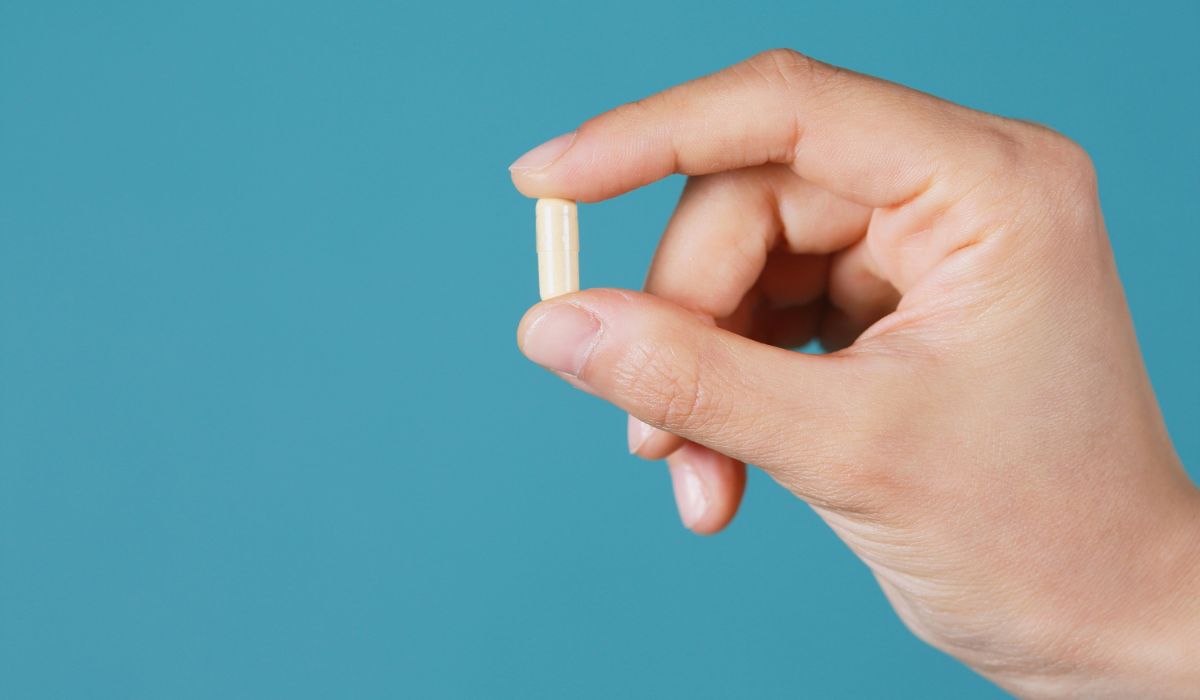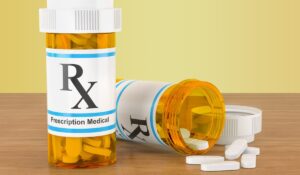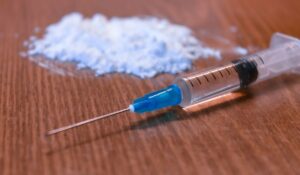Does Buprenorphine Show Up on a Drug Test?
Buprenorphine is a prescription medication often used to treat opioid addiction and pain. Many people want to know: does buprenorphine show up on a drug test? The answer depends on the type of test being used, why the test is ordered, and the detection window.
What Is Buprenorphine?
Buprenorphine is a partial opioid agonist. This means it attaches to the same brain receptors as drugs like heroin, morphine, or oxycodone but doesn’t activate them as strongly. It helps reduce cravings and withdrawal symptoms while lowering the risk of misuse.
Doctors often prescribe buprenorphine as part of medication-assisted treatment (MAT) for substance abuse. It can be given alone or combined with another medication like naloxone.
Why Do People Test for Buprenorphine?
Drug testing for buprenorphine is important in different settings:
- Rehab programs – to make sure patients are taking medication as prescribed.
- Workplaces – some employers test for opioids, but not always buprenorphine.
- Legal cases – courts may order testing for people in recovery programs.
- Medical monitoring – doctors sometimes test to ensure treatment compliance.
Lynk Diagnostics, a drug testing center dedicated to rehab facilities, provides accurate testing to support patients, physicians, and treatment programs.
Types of Drug Tests That May Detect Buprenorphine
Not all standard drug tests detect buprenorphine. Common panels (like a 5-panel test) usually screen for:
- Marijuana (THC)
- Cocaine
- Opiates (morphine, codeine, heroin)
- Amphetamines
- Phencyclidine (PCP)
Buprenorphine is a synthetic opioid, and it usually requires a special test. Here are the most common methods:
Urine Test
- Most common type used.
- Can detect buprenorphine up to 7–10 days after last use.
- Uses immunoassay or mass spectrometry for confirmation.
Blood Test
- Less common, more invasive.
- Can detect recent use within 24 hours.
- Often used in medical settings.
Saliva Test
- Non-invasive and quick.
- Can detect buprenorphine within a few hours up to 2–3 days.
Hair Test
- Longest detection window.
- Can show buprenorphine use for up to 90 days.
- Often used for legal or forensic purposes.
How Long Does Buprenorphine Stay in the Body?
The half-life of buprenorphine is long, usually 24 to 42 hours. This means the drug stays in the body longer than many other opioids.
Factors that affect detection time include:
- Dose taken
- Length of use
- Patient’s metabolism
- Age, weight, and overall health
- Type of test used
Does Buprenorphine Show Up on Standard Drug Tests?
The short answer is no—most standard urine drug screens do not detect buprenorphine. This is because buprenorphine is chemically different from typical opioids.
However, specialized tests such as a buprenorphine panel or expanded opioid panel are available. Rehab programs, courts, and medical providers often request these targeted screenings.
Why Accurate Drug Testing Matters
Accurate drug testing helps in many ways:
- Supports recovery by confirming treatment compliance.
- Prevents false positives and false negatives that could harm patients.
- Guides therapy and medication adjustments in rehab settings.
- Provides accountability in legal or workplace situations.
At Lynk Diagnostics, expert testing ensures patients and providers can trust the results.
Buprenorphine vs Other Opioids on Drug Tests
Standard Opioids (like morphine or oxycodone)
- Usually show up on basic opioid panels.
Buprenorphine
- Requires a specific test.
- Detected through urine, saliva, blood, or hair.
Methadone
- Like buprenorphine, it needs a specialized test.
Fentanyl
- Often missed by basic panels, but detectable with specialized screens.
Common Misunderstandings About Buprenorphine Testing
- “All drug tests detect buprenorphine.”
Not true. Only specific tests do. - “If I stop taking it, it’s gone right away.”
False. It can remain in your body for several days. - “Over-the-counter meds may cause false positives.”
Unlikely for buprenorphine, but confirmatory testing like mass spectrometry ensures accuracy.
The Role of Lynk Diagnostics in Buprenorphine Testing
Lynk Diagnostics specializes in rehab-focused drug testing. The lab provides:
- Reliable urine testing for buprenorphine.
- Advanced confirmation methods to rule out errors.
- Partnership with rehab facilities to support recovery.
- Clear reports for physicians, patients, and courts.
Trustworthy results help patients stay on track and give doctors confidence in treatment plans.
FAQs About Buprenorphine and Drug Testing
Does buprenorphine show up on a drug test?
Yes, but only if the test is designed to detect buprenorphine. Standard panels usually do not, but specialized tests will.
How long does buprenorphine stay in urine?
It can stay in urine for 7–10 days after last use, depending on dose, metabolism, and other factors.
Can buprenorphine cause a false positive for opioids?
Not usually. Because it is chemically different, it requires its own test panel. False positives are rare with modern lab methods.
Will my employer test for buprenorphine?
Most employers use standard panels that don’t check for buprenorphine. However, jobs in healthcare, transportation, or legal settings may include it.
How can I get tested for buprenorphine?
Rehab centers, doctors, and drug testing facilities like Lynk Diagnostics provide accurate buprenorphine testing.
Final Thoughts
So, does buprenorphine show up on a drug test? The answer depends on the type of test. Most standard drug screens will not detect it, but specialized tests will.
For patients in recovery, accurate drug testing is vital. Rehab programs, doctors, and courts rely on dependable results. Lynk Diagnostics ensures safe, reliable, and professional testing designed to support recovery and accountability.
If you or a loved one is undergoing treatment with buprenorphine, knowing how testing works can reduce stress and help you stay focused on recovery.








